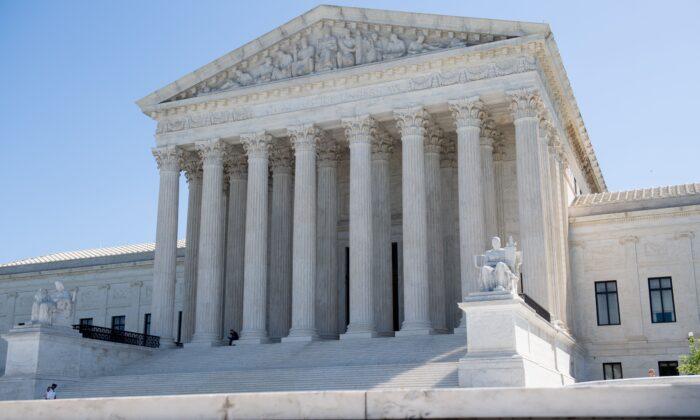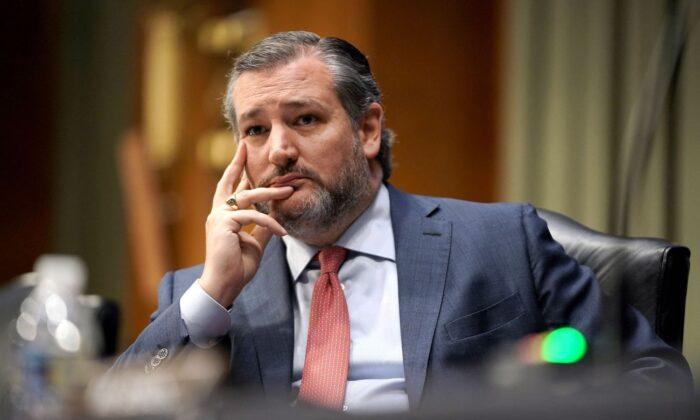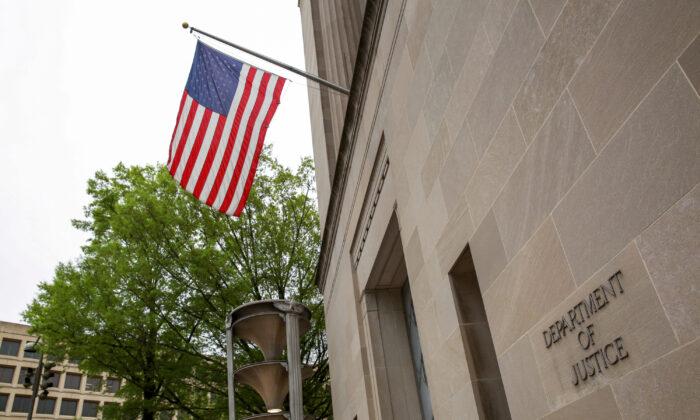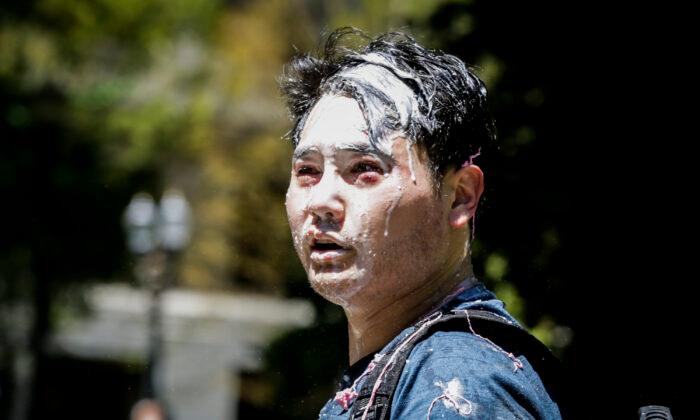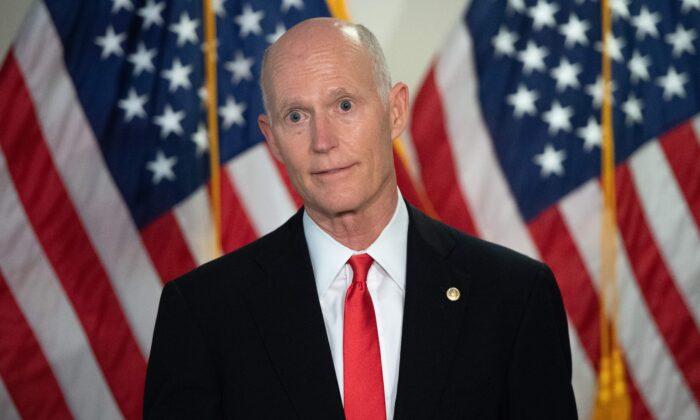The Supreme Court on June 29 declined a challenge by several death row inmates asking justices to clarify the law on how the government carries out federal executions. The decision paves way for the Trump administration to push forward with its plans to resume federal executions after a nearly 20-year pause.
The four inmates who were convicted of murdering children argued that their scheduled lethal injections would violate the 1994 Federal Death Penalty Act, which states that the method of execution should be determined by the state where a capital crime is committed.
In an emailed statement, Ruth Friedman, director of Federal Capital Habeas and a lawyer for Daniel Lee, criticized the top court’s decision to not take up the case.
“Given the unfairness built into the federal death penalty system and the many unanswered questions about both the cases of the men scheduled to die and the government’s new execution protocol, there must be appropriate court review before the government can proceed with any execution.”
The Justice Department didn’t immediately respond to The Epoch Times’ request for comment.Executions on the federal level have been rare, and the government has put to death only three defendants since restoring the federal death penalty in 1988—most recently in 2003, when Louis Jones was executed for the 1995 kidnapping, rape, and murder of a young female soldier.
Barr announced in July 2019 that they were resuming federal executions and that they were replacing a three-drug procedure that had been used in federal executions with a single drug, pentobarbital.
